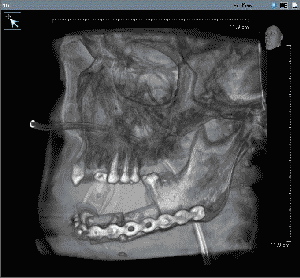

Dermatology Imaging Standards
Some of the members of Dermatologists Sans Borders group might remember the lengthy and passionate discussion we had on a dermatology imaging standard. I started the conversation with a blog post on the growing importance of virtual diagnosis based on selfies and casual photographs. I proposed that a dermatology standard could borrow from the established radiology standards such as DICOM. With the help of few ‘romantics’ here we laid the foundation for DICODerm!. Pragmatists within this group voiced their desire for a practical solution and I created a spin-off based on EXIF metadata. New members can access this discussion here.
Dr. Marghoob has recently echoed the same sentiments in his editorial in JAMA Dermatology for the International Skin Imaging Collaboration (ISIC).
ISIC collaborates with skin cancer specialists, informatics experts (IBM), and imaging technology developers (manufacturers of dermoscopes, cameras, lenses, and skin imaging systems). Programmers at IBM are developing image-analysis tools for ISIC. To quote the author:
If the dermatology community fails to take a leadership role in defining and setting imaging standards, there is a risk that impractical or specialty-inappropriate standards will be imposed by external organizations.
I couldn’t agree more, but I hope the dermatology community does have a leadership role in this collaborative. It is also heartening to see that what me and Feroze started in this wiki page is not far from the focus of ISIC’s initiative!
Posting Clinical Images in DermSB
As you all know, Dermatologists Sans Borders group does not allow posting of clinical images in its Facebook group. However, if you do want to post and discuss clinical pictures in this group, use any of the following platforms.
1. LesionMapper(TM).
2. DermGrandRounds: The platform for Gamified Dermatological Diagnosis
3. The MedShr platform with the unique patient consent feature. (If you use this service for sharing clinical pictures in our group, please choose Dermatologists Sans Borders as your organization, when you sign up.)
Dermoscopy images analysis
And finally, since we are on this topic of dermatology imaging, here is a new algorithm for accurately counting the number of hairs based on digital dermoscope!
References
[1] Marghoob AA, International Skin Imaging Collaboration Melanoma Project Working Groups. Standards in Dermatologic Imaging. JAMA Dermatol. 2015; 151(8): 819-21. PMID: 25970644 [2] Shih H A precise automatic system for the hair assessment in hair-care diagnosis applications. Skin Res Technol. 2015; : . PMID: 26119754- Machine learning-based BOTOX API - April 11, 2023
- Skinmesh: Machine learning for facial analysis - November 10, 2020
- Free Dermatology EMR for Machine Learning and Artificial Intelligence - January 2, 2020

Gud
Dermatology is very based on visual information, images and photos. No other medical section have so much based on visual inspection and diagnosis. And I agree that dermatology visual inspection and images standarts are very important.